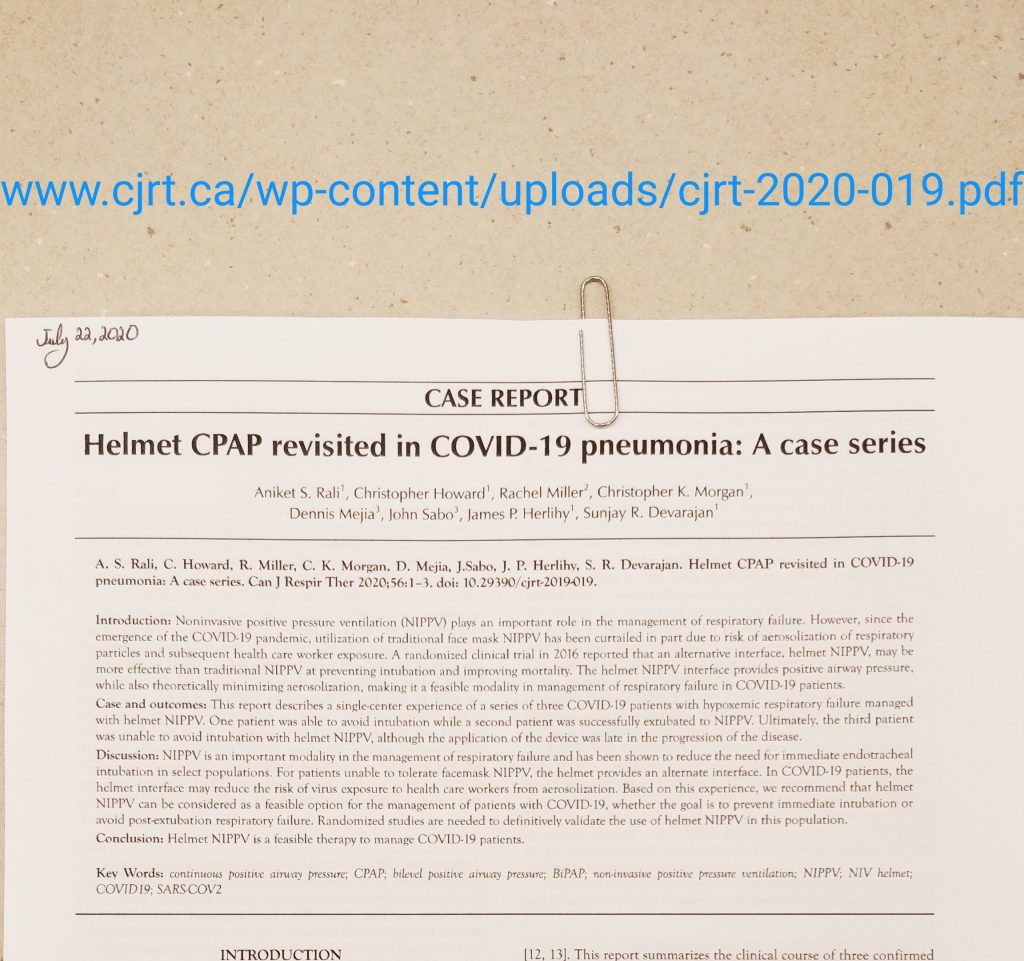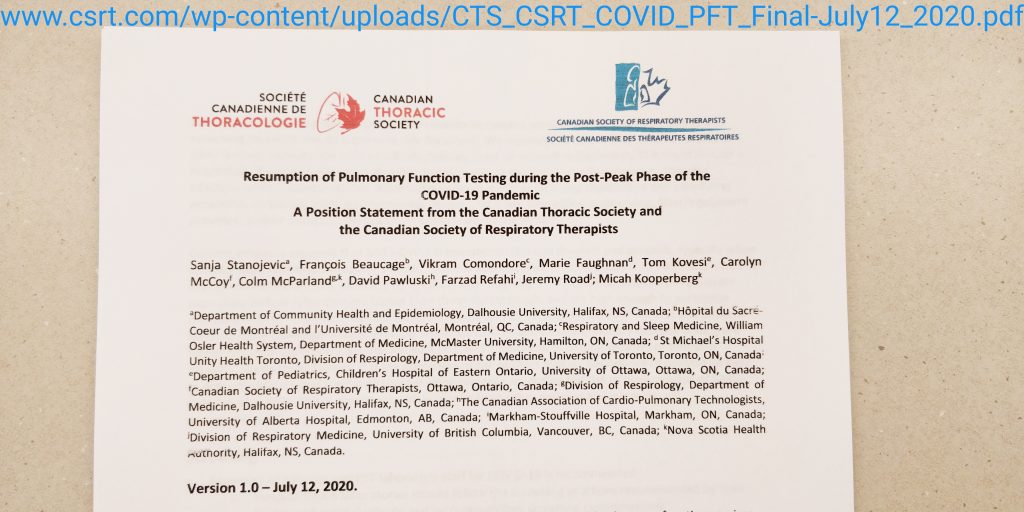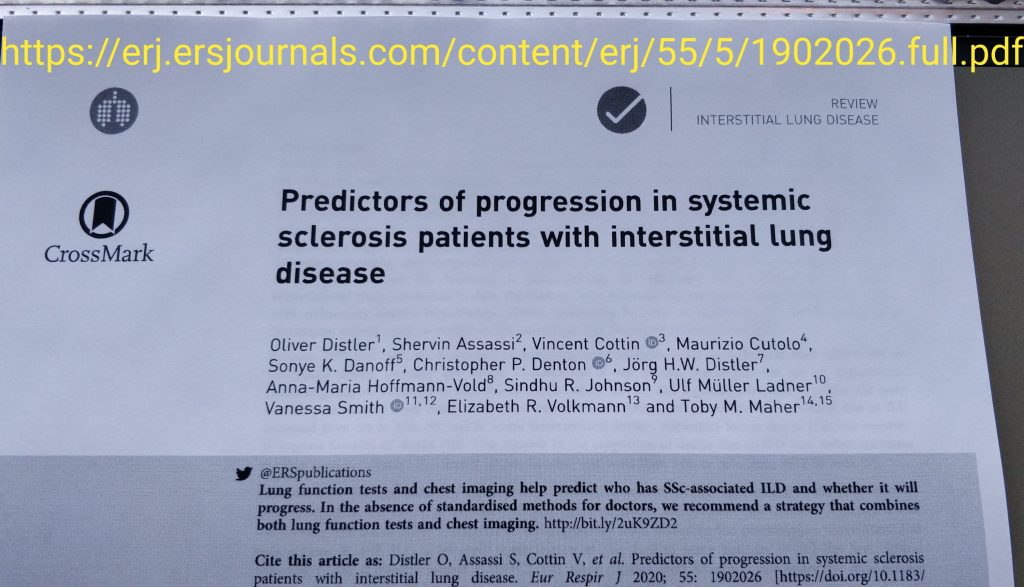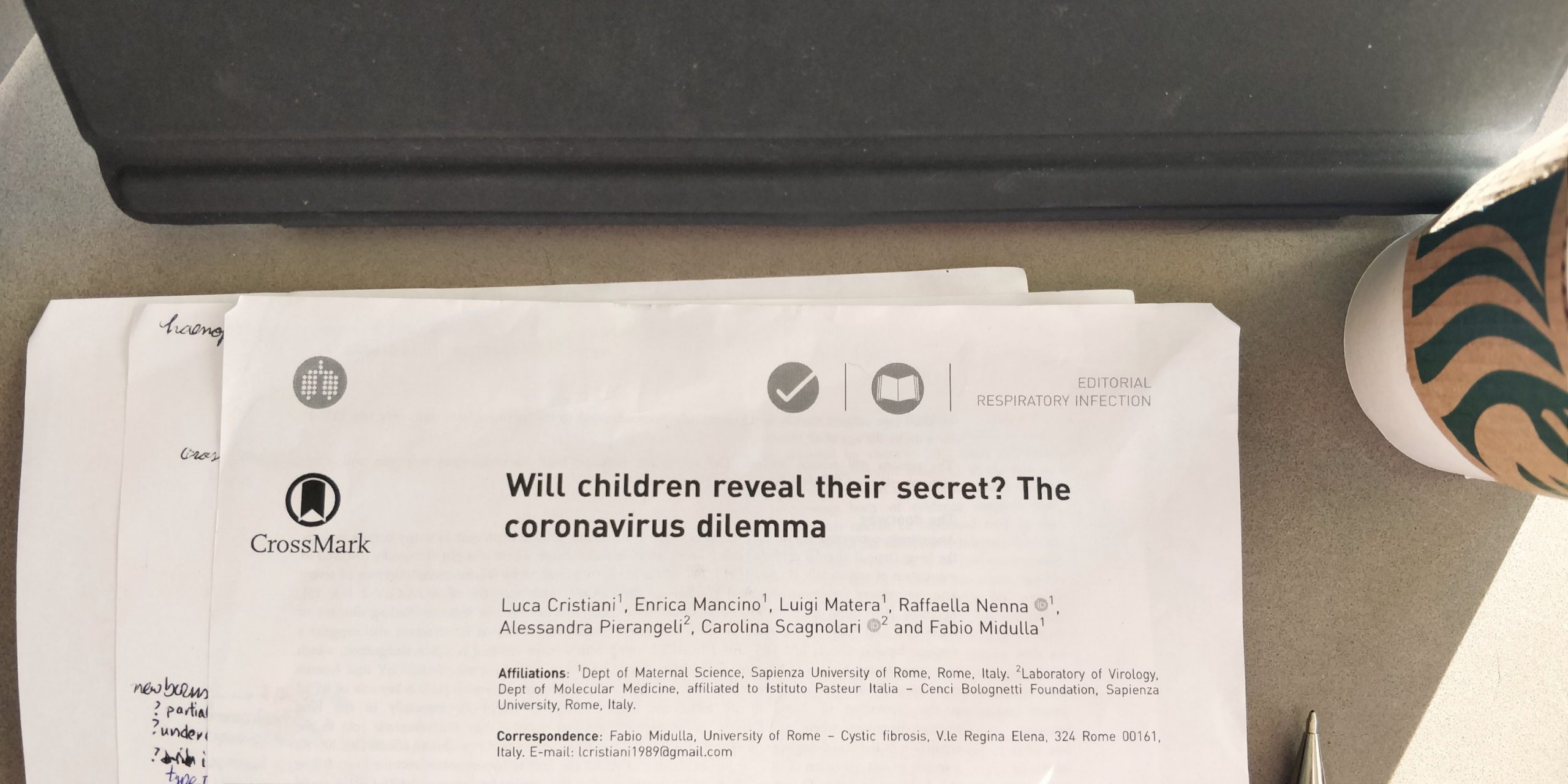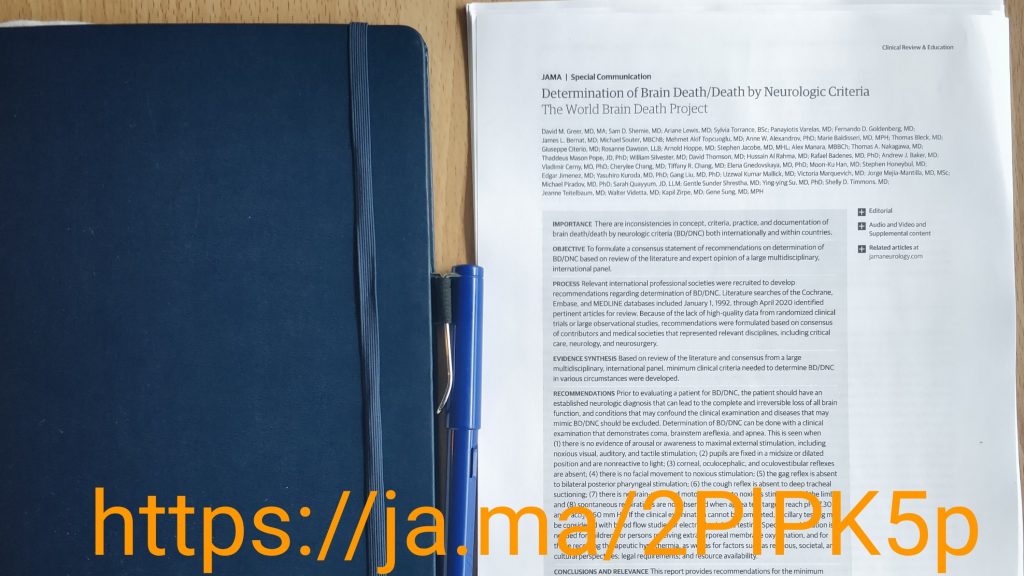
Every month I try to read an open-access article. After reading the article, I share the tittle and associated link with my followers. This is to encourage clinicians to read articles, stay up to date, and continue to grow.
This month I found a great piece under the categories of special communication and clinical review. The objective of this paper is to “formulate a consensus statement of recommendations on determination of BD/DNC based on review of the literature and expert opinion of a large multidisciplinary, international panel” p. E1. A common abbreviation used in this article and this post is Brain Death (BD) and Death by Neurologic Criteria (DNC).
Determination of Brain Death/Death by Neurologic Criteria The World Brain Death Project
by David M. Greer, MD, MA1; Sam D. Shemie, MD2,3; Ariane Lewis, MD4; et al .
Link to the article: https://ja.ma/2PlPK5p
Reasons you may find this article interesting:
- It involves many experts from various organizations. The list of these organizations can be found under Methods on page E2 (World Federation of Intensive and Critical Care, World Federation of Pediatric Intensive and Critical Care Societies, World Federation of Neurology, World Federation of Neurosurgery, and the World Federation of Critical Care Nurses).
- There are notes for the adult and Pediatric/Neonatal populations.
- The list of ideas and recommendations are nicely organized under their own headings:
- The Concept of BD/DNC (p. E4),
- Minimal Clinical Criteria for Determination of BD/DNC (p. E5),
- Apnea Testing (p. E6),
- Number of Examinations (p. E8),
- Pediatric/Neonatal BD/DNC (p.E9),
- Determination of BD/DNC in Patients Requiring Extracorporeal Membrane Oxygenation (p. E11),
- Determination of BD/DNC After Treatment With Targeted Temperature Management (p. E11),
- Documentation of BD/DNC (p. E12),
- Qualifications for and Education on Determination of BD/DNC (p. E13),
- Religion and BD/DNC: Managing Requests to Forgo a BD/DNC EValuation or Continue Somatic Support After BD/DNC (p. E15), and
- BD/DNC and the Law (p. E16).
- The authors address sensitive issues such as religion and law with detailed notes in the supplementary online documents 12 and 13 that are found on JAMA’s website ( or the following links: Religion and Law).
As I was reading this article, I was reminded of the practices I was taught at my main training hospital. Many of the items on the protocol, from 6 years ago, meet the list mentioned in this article. Working in the greater Toronto area, with its great diversity, reminds me of one of the complexities involved in the determination and the care of BD/DNC patients.
Happy learning and reading!
Farzad Refahi
August 6th 2020
https://respiratory.blog/let’s-read-an-article-a-month-august-2020/
